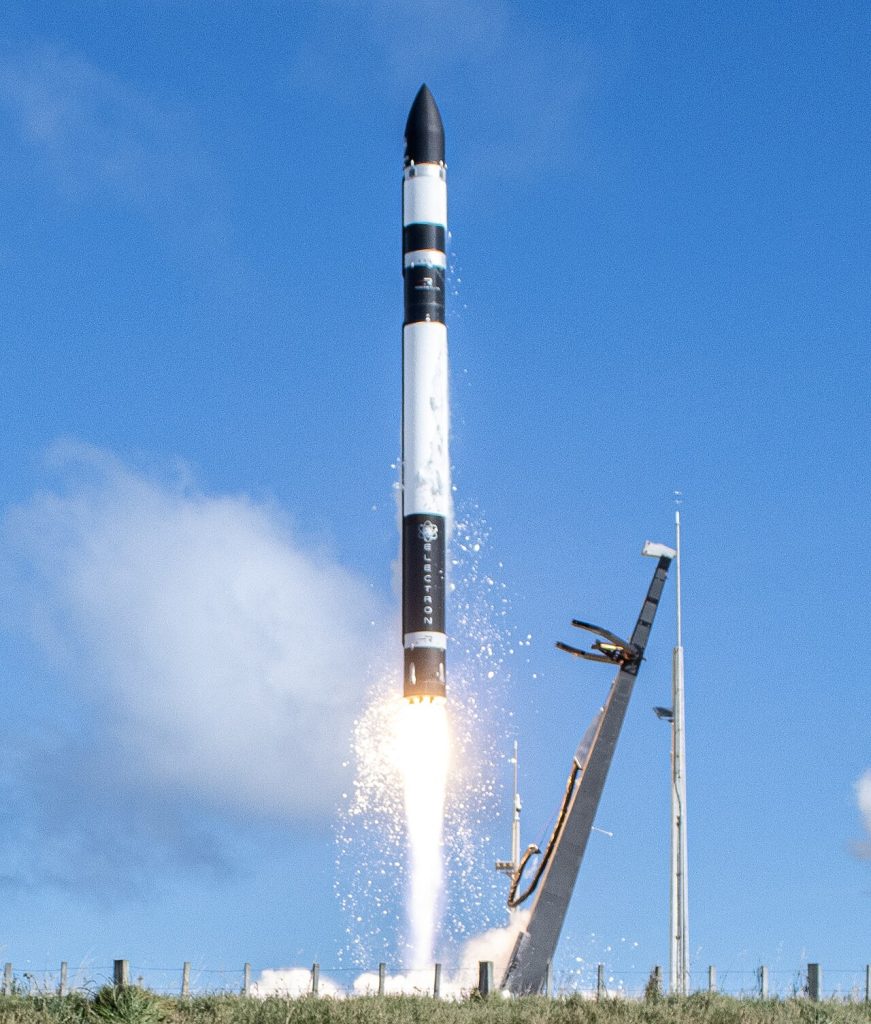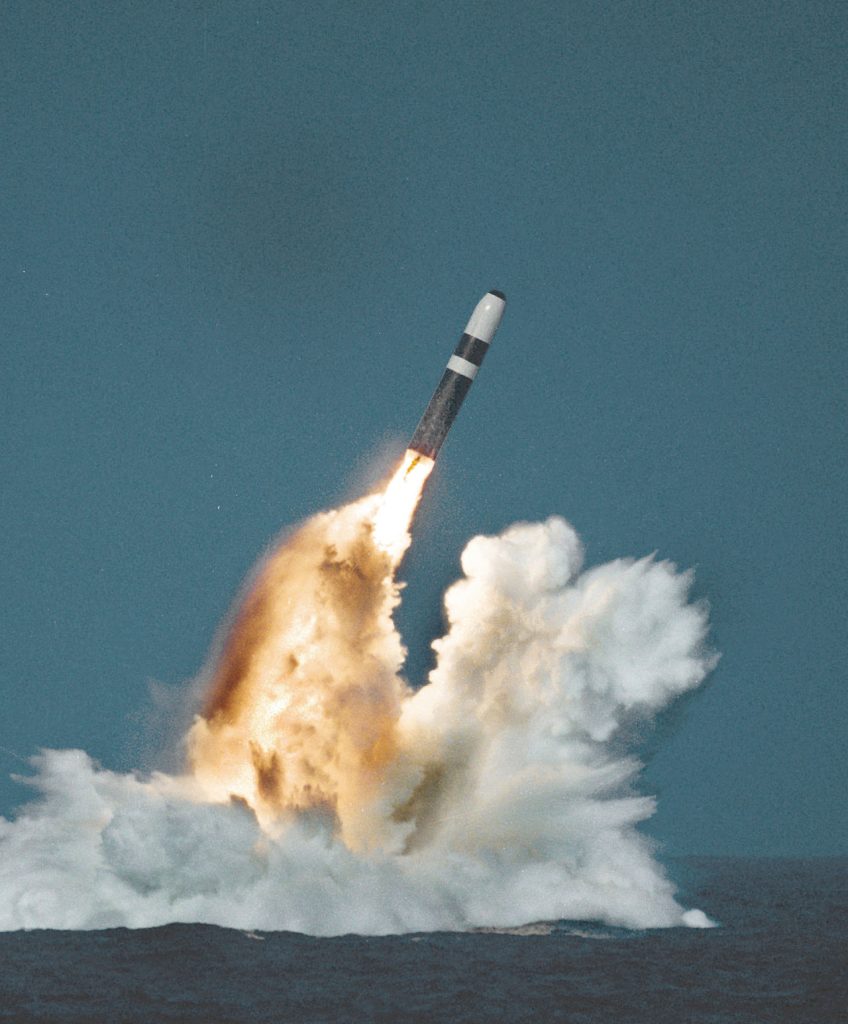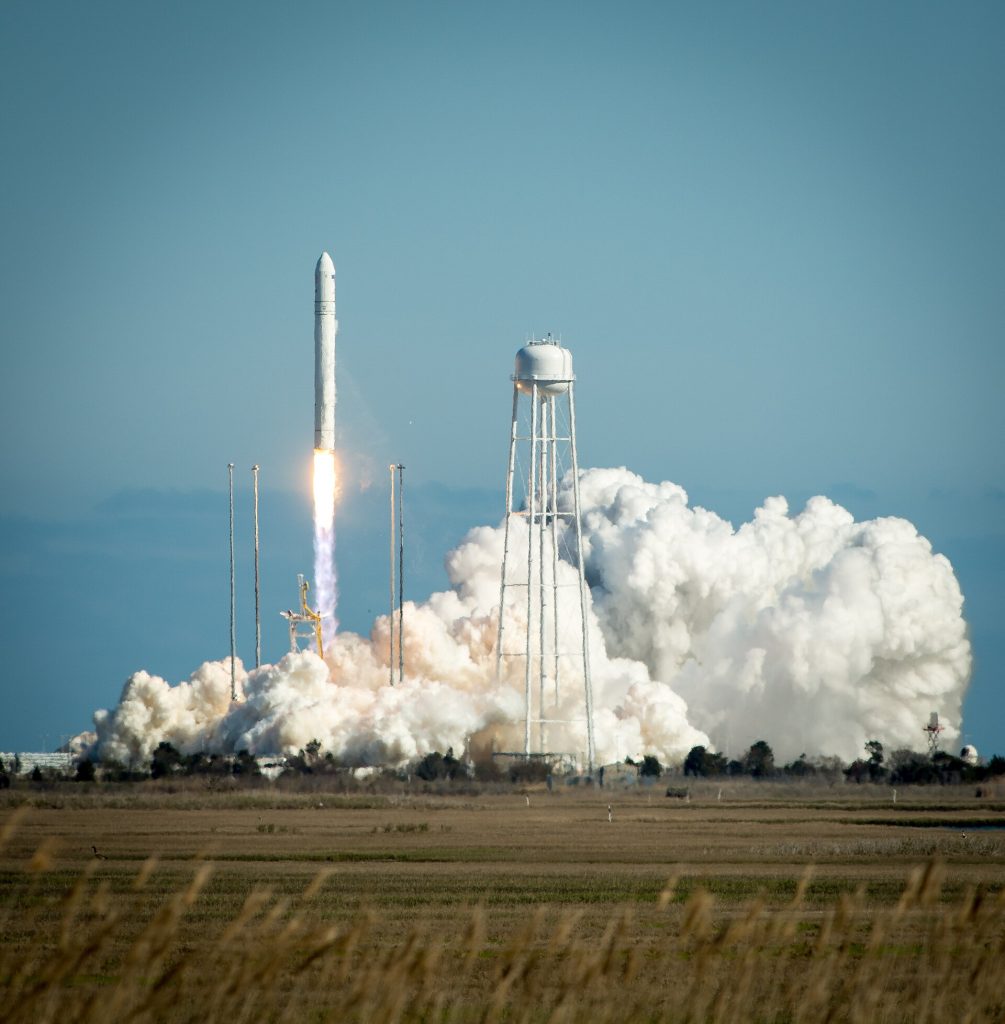– Trend Insight by FinancePick
Space is getting faster and cheaper. Launch frequency is hitting record levels, satellite constellations are scaling rapidly, and defense budgets are increasingly focused on missile warning and hypersonic defense. Here’s a preview of three companies at the center of the 2026 aerospace and space infrastructure story.
Why Now?
- Launch boom: 2024 set a record with 259 orbital launches worldwide, with SpaceX executing 134 launches and accounting for 95% of U.S. missions. The cadence is expected to accelerate through 2026, bringing sustained pressure on competitors to lower costs and scale.
- Defense demand & SDA: The U.S. Space Development Agency (SDA) continues deploying its Proliferated Warfighter Space Architecture (PWSA). Tranche 2 Tracking Layer—54 satellites for missile warning and tracking—will reach critical milestones in late 2025 and early 2026.
- SpaceX dominance: Starship test flights are advancing, with implications for ultra-heavy, low-cost logistics. Starlink continues to scale, and Musk has pointed to 2025–26 revenue near $15B.
Takeaway: By 2026, we expect a structurally different launch and satellite ecosystem: faster, cheaper, and more integrated with defense needs.
Company Previews
Rocket Lab (NASDAQ: RKLB) — Scaling from Small to Medium Launch

What they do: Provides high-cadence Electron launches and Space Systems (satellite buses, components), while developing Neutron, a medium-class rocket.
Recent updates:
- Q2 2025 revenue: $144.5M (+36% YoY), backlog ~$1B. Q3 guidance: $140–150M.
- Neutron’s first test launch is targeted for late 2025, with commercial ramp-up into 2026. Regulatory easing and test milestones suggest execution momentum.
Strengths:
- Vertical integration: launch + satellite systems under one roof. Proven cadence with Electron builds customer trust.
Risks:
- Neutron’s schedule and performance are critical to valuation. Development costs weigh on near-term profitability.
Catalysts for 2026:
- Neutron commercial service entry, government and SDA contract wins, sustained Electron launch frequency.
Lockheed Martin (NYSE: LMT, Space) — Defense-Space Backbone

What they do: Building SDA Tranche 2 Tracking Layer satellites and prime contractor for NASA’s Orion spacecraft (Artemis program).
Recent updates:
- Q2 2025 revenue: $18.2B, backlog ~$167B. Program losses in other divisions affected earnings, but space backlog remains strong.
- Orion is progressing toward Artemis II/III operations, with additional missions planned into 2026.
Strengths:
- Massive backlog across defense and space; core programs like Orion and SDA satellites anchor growth.
Risks:
- Program cost overruns and losses can dent earnings despite backlog. Dependent on federal budgets.
Catalysts for 2026:
- SDA Tranche 2 milestones, Artemis program launches, new defense space awards.
Northrop Grumman (NYSE: NOC, Space) — Missile Defense & Hypersonic Interceptors

What they do: Developing Next Generation Interceptor (NGI) and Glide Phase Interceptor (GPI), provides solid rocket motors, and supplies reconnaissance and comms satellites.
Recent updates:
- Q2 2025 revenue: $10.4B, EPS $8.15, backlog ~$90B. Space segment lumpy due to program transitions.
- NGI and GPI are entering key test phases, positioning NOC for structural growth in hypersonic defense.
Strengths:
- Core position in U.S. missile defense; vertical integration in interceptors and rocket motors.
Risks:
- Space revenue volatility from program transitions; dependent on defense budget priorities.
Catalysts for 2026:
- Hypersonic interceptor testing milestones, new SDA awards, growing international missile defense demand.
At-a-Glance Comparison
| Company | Strengths | Risks |
|---|---|---|
| Rocket Lab (RKLB) | High-frequency Electron launches; Neutron could open medium-class market | Neutron execution and cost overruns; near-term losses |
| Lockheed Martin (LMT) | Orion & SDA satellites; huge backlog provides stability | Program losses can hit quarterly earnings |
| Northrop Grumman (NOC) | NGI/GPI missile defense; solid rocket motor integration | Volatile space segment; sensitive to budget politics |
Market Outlook for 2026
- SDA demand: Tranche 2 Tracking Layer production and launch milestones in 2026 will be crucial.
- Launch cadence & cost: SpaceX continues to reshape the market with Starship and frequent Falcon 9 launches. Medium-class competitors like Neutron, Vulcan, and New Glenn will face real-world tests.
- Hypersonic defense: NGI and GPI move from development to real-world testing—Northrop Grumman is the clear beneficiary.
- Program risk management: Lockheed’s size offers resilience, but individual program overruns remain headline risks.
- Policy trends: FAA launch reforms and defense space budget expansions are tailwinds heading into 2026.
SpaceX Context (Private)
- 134 launches in 2024, more expected in 2025–26.
- Starship repeat flights could unlock a new era of heavy-lift cost efficiency.
- Starlink drives revenue, with SpaceX’s topline projected at ~$15B by 2026.
Disclaimer: This article is for informational purposes only and does not constitute financial advice.
